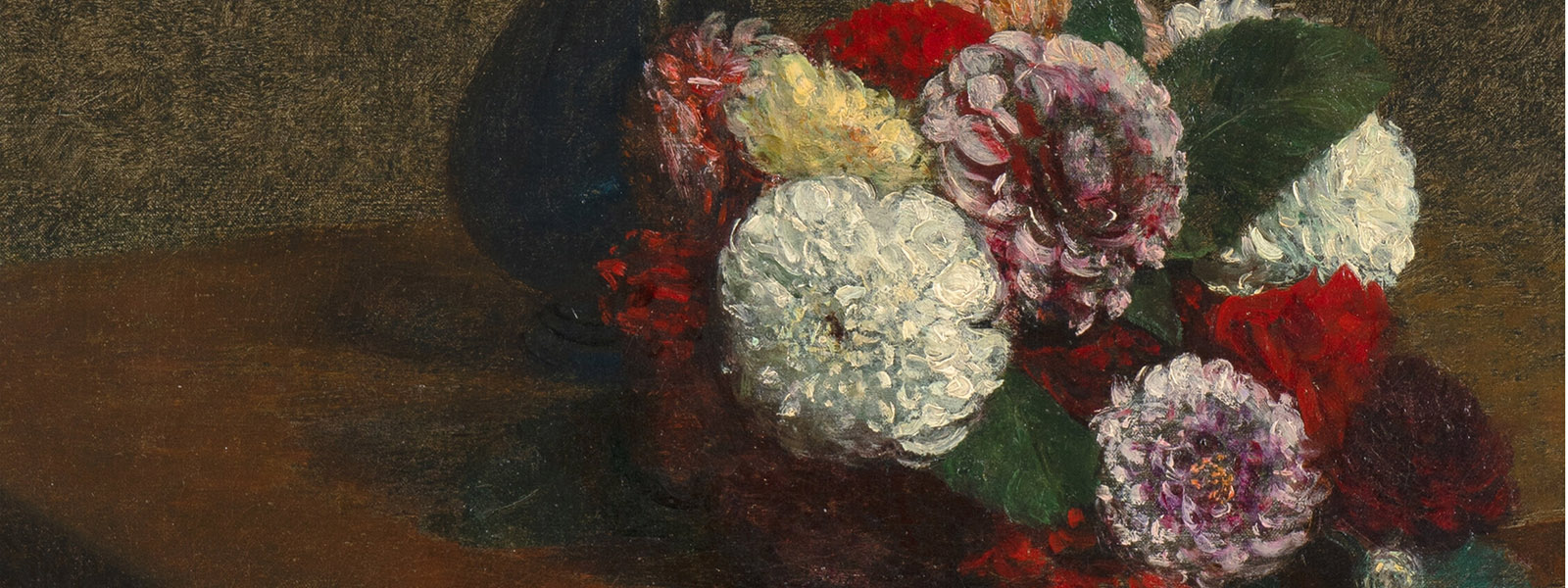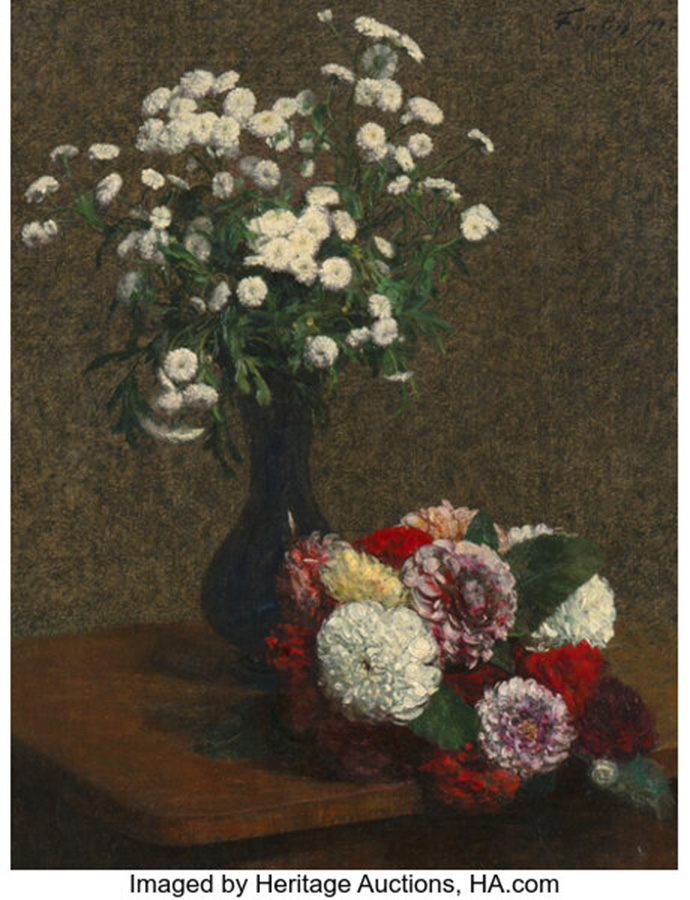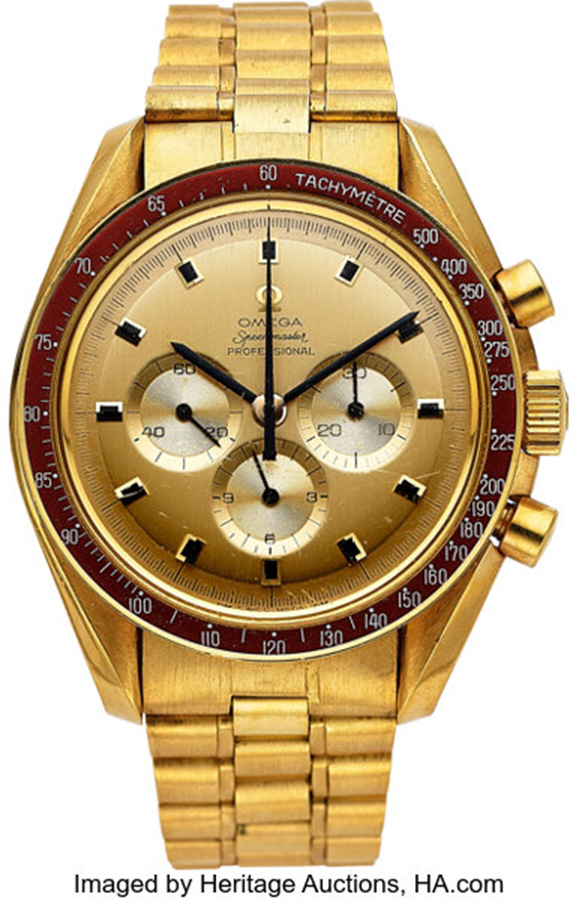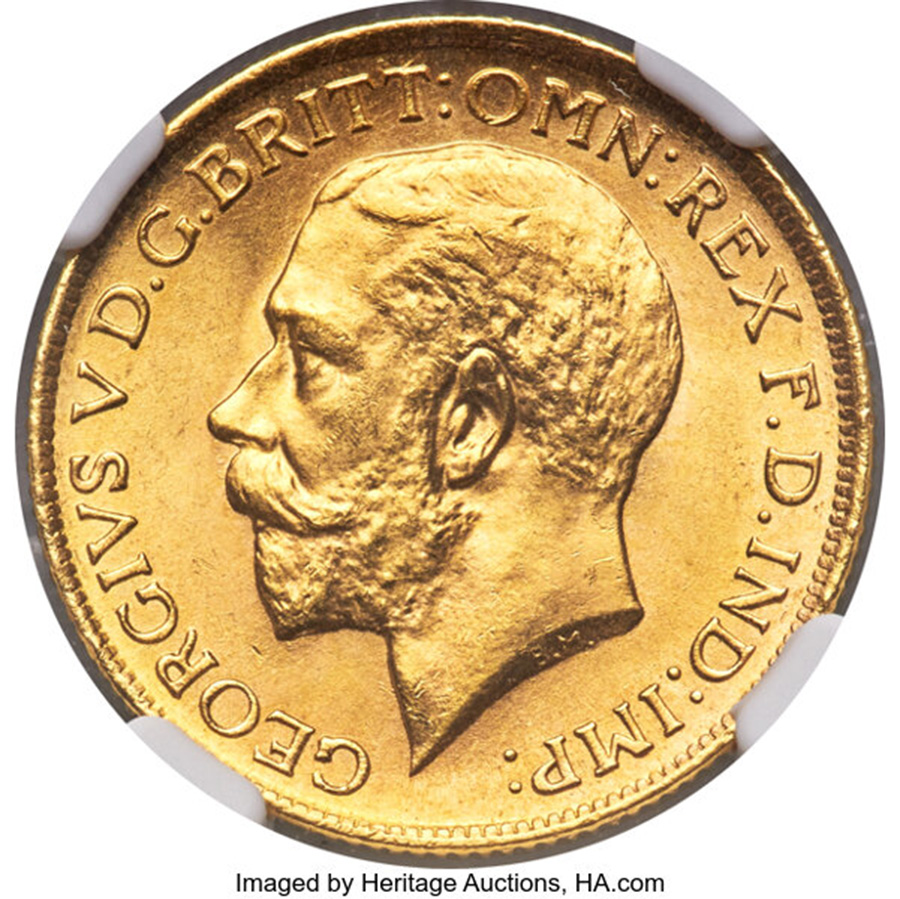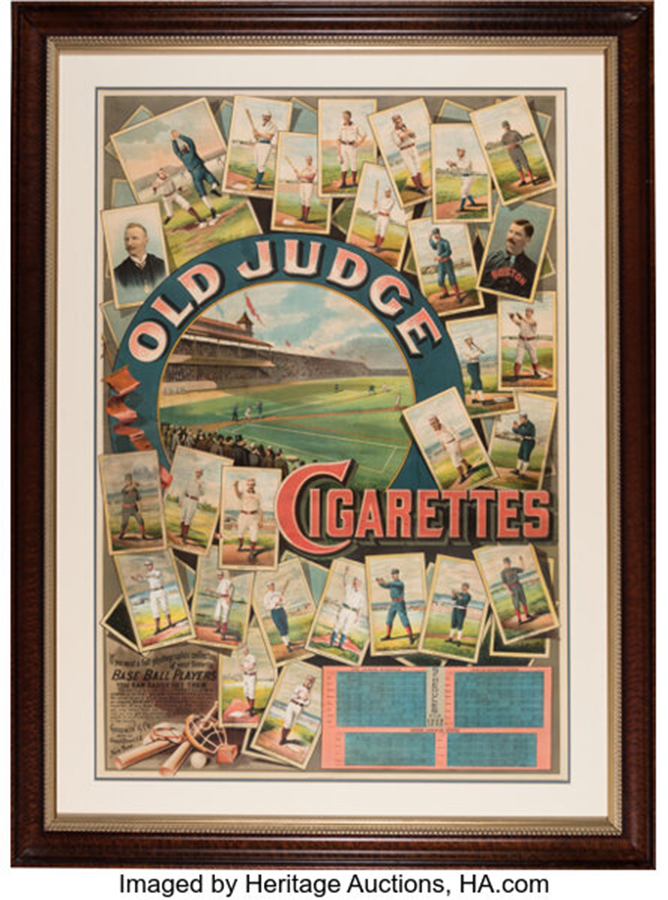CONSIDERING CONSIGNING? HEED THESE TRIED-AND-TRUE TIPS FROM THE EXPERTS
By James Halperin and Greg Rohan
The auction always has been and forever will be the best way to show a product to as many potential customers as possible – and to ensure that you receive as much value for it as possible. When the product is rare, competing customers are important, and an auction is frequently the best venue. There are many benefits to this method of disposition, but the primary one is that in a good auction (a widely advertised one with many bidders), each item should realize at least its true worth.
An auction is a truly free market in which each article stands on its own merits. Every item is examined carefully by those most interested in it. If you have a collectible that is rare enough that it trades infrequently, its current value would have to be described as uncertain. In an outright purchase of such an item, most dealers will factor that uncertainty into their prices unless they absolutely know they have buyers at a certain level. A well-advertised sale by an established auction house, on the other hand, likely will draw the attention of all the known buyers – and any others as well. The collector community is generally a small one, and most serious buyers are aware when objects of interest are offered for sale, particularly at auction. When that condition exists, competitive demand will dictate the strongest result and produce the truest value for a particular collectible.
Finally, esoteric items – those that are not traded routinely – may again bring the best price at an auction. At the very least, a well-publicized auction through a reputable auction house will instill the peace of mind that your item was exposed to every buyer possible in a transparent way, even if it didn’t lead to a price as high as you had hoped. Choose an auctioneer with a strong track record for the particular genre – one who has the clientele (both mailing list and attendance) and auction locations to put the collection in front of the greatest number of potential buyers. When looking for an auctioneer, consider the following qualifications:
Financial Resources and Stability: An auction consignment is first and foremost a business deal. As with contracting an agent, auctioneers must demonstrate sufficient financial resources to ensure they can both effectively conduct the sale and pay sellers at the stated settlement date. They also must accept liability and provide full insurance against the loss or damage of a collection.
Longevity in the Business: An auction house is a complex operation that requires a great deal of development to assure everything flows smoothly: consignor and bidder bases, cataloging references and expertise, site setup and physical security, auction flow and administrative efficiency flows – and that only begins to touch on what goes into it. Go with a proven entity; after all, it’s your money that’s involved.
Advertising Resources: Success breeds success. You can’t have the top sales without great advertising, and vice versa. Look for the companies that are doing the major advertising in the trade papers and on the Internet.
Location: A company that is limited to holding auctions in locations out of the mainstream does not have the ability to attract a large bidder base. Some companies hold auctions in major financial centers with good regional access, while others rely on the Internet. Comparing web traffic rankings of different auctioneers can also provide an indicator of web presence.
Competitive Rates: Auction companies charge both buyer’s and seller’s fees to absorb the expenses of the sale and turn a profit. A seller’s fee of 15 percent to 20 percent has become the standard, and you should not have to pay more, unless your collection has extraordinary “bulk” or requires special attention. If you have a significant collection, you may be able to negotiate a better rate.
Strong Writing and Imaging: Catalog descriptions and photography create the necessary excitement and demand for an auction’s collectibles and provide all that is available to entice bidders who cannot attend the sale in person. Heritage Auctions is a pioneer in the use of online videos and extensive descriptions presented through the Internet as alternative cataloging media. It’s clear that this is the wave of the future. Browse through the listings on an auctioneer’s website and look at the photos and catalog descriptions for lots that are in the same price range as what you’re looking to sell. If you were the seller of those pieces, would you be happy with the merchandising efforts?
Professional Personnel: It takes quality personnel – and many of them – to conduct a great auction. In qualifying auctioneers, be certain to inquire as to the number of people who will be involved in managing your consignment and what their roles are. Heritage provides potential consignors with a video that details the auction process from start to finish, and other companies should at least have literature that covers the same ground. Any company is only as good as its people. Contact a number of reputable auction houses to get an impression as to how they will treat your collection. Also, read through the listings of employees on different auctioneers’ websites. Do they have specialists with impressive resumes in the category you’re looking to sell in?
Auction is often the best venue for high-quality collectibles, particularly if the items trade infrequently. A good auction attracts the right mix of bidders to establish the real value for each individual piece. If this seems the best route for you, interview potential auctioneers to determine which of them combines the best business resources, venues and personnel assets. Some things to consider:
- Ask the auctioneer’s consignment coordinator to evaluate your collection and make recommendations on which articles should be auctioned and which would be better sold by another method. Ask them to explain why.
- Do you wish to be recognized for your collecting achievements? Some consignors prefer anonymity, but if you desire recognition, becoming a signature consignor involves two factors: 1) Your overall collection must be of significant value. This could vary from auction to auction, but for a rough figure, let’s use $250,000. 2) Alternatively, you may have an interesting collection of a more specific focus – possibly all items are in one group or category. Don’t hesitate to ask, particularly if there’s a good story behind the collection!
- From an auctioneer’s perspective, a few high-value items are preferable to a large collection of lower-value pieces, even if the total value is the same: The workload is lower. You might be able to negotiate a lower seller’s fee if you have the “right” kind of material.
- Large lots are at the other end of the spectrum. Large lots are bulky, cumbersome to carry to auction sites and difficult to ship once sold. They are time-consuming to catalog and require a lot of extra effort to earn the same percentage as a single piece of comparable lot value. Auction company personnel are not very fond of the large lots in major auctions and neither are most bidders, because their focus is on the more “high-powered” lots. Auctioneers will take your large lots for a big sale, but you have absolutely no leverage, and that’s not what auctions are all about. In most cases, you would be better off asking the auctioneer to bid the large lots straight up. You will probably realize greater net proceeds and will be paid immediately.
- Keep in mind that the lowest commission rate is not necessarily the best deal. The first consideration should be the auctioneer’s ability to provide your collection with maximum exposure and promotion. Saving an extra percentage point or two is meaningless if another auctioneer could secure an extra 20 percent for your collection. Negotiate the best possible commission you can once you’ve found the best auction house for your collectibles; don’t pick an auction house based solely on the commission.
- Some people sell their collectibles unrestricted and others place a “reserve” bid to protect them from receiving what they perceive to be too little. Our rule of thumb: Place reserve bids only if you are very familiar with current markets and have good reason to believe that you will easily realize more than the reserve elsewhere if you “buy-back” the lot. In most cases, though, if you’ve carefully selected an auction house that will provide your pieces with maximum exposure, a reserve will leave you with the task of finding another method of sale with no particular reason to think you’ll realize a higher price. Then there are the reserve fees – a percentage that you will pay to cover expenses if the item is not sold because of your reserve. Generally, the percentage is based on the overall terms of your consignment and how realistic the auctioneer thinks your reserves are. You should expect the reserve fee to be 5 percent to 10 percent. If the amount is more than that, ask for an explanation. Good auction houses are likely to be knowledgeable about what an item can reasonably be expected to bring, and if they tell you your proposed reserve is too high, pay attention.
- Ask the consignment coordinator for the cost of photography and lotting in the auctions that you are considering. For example, in some auctions, the minimum value for a catalog photograph may be $1,500 and in others, $2,500. The latter auction, while possibly a better venue overall, might not be as beneficial for your pieces valued from $1,500 to $2,400. Similarly, each auction will have a minimum lot value. In some cases, it’s $250, sometimes it’s $500, and in the very best of sales, it may be $1,000. Most auction companies will allow you to combine items to reach the minimum, but there is a limit to the number that may be used and still receive individual, mainstream placement. The key point for you to remember is that if your overall consignment is a good one, you may be able to negotiate a more lenient lot and photography standard.
Internet Auctions
Online auction sites like eBay allow you to sell your items at auction yourself, with exposure to a wide variety of bidders at a commission far lower than what you would pay through a traditional auction house. The question is whether this is a good idea. Consider the following questions:
- Do you already have a “feedback” rating that will give you credibility with the bidder base? Many Internet auction bidders are concerned about online deal-making with people they don’t know. The equalizer is the feedback system that lets buyers and sellers build online reputations. If you don’t have a feedback rating, many bidders will avoid your auctions altogether, and others will bid less.
- Do you have the equipment and skill to create digital images of the articles to be auctioned? Items without high-quality images just don’t sell as well. For quality coin photography, you’ll need a digital camera and the knowledge to upload those photos.
- Do you have the skills to write descriptions for each item? Do you know enough about the piece – and how to grade condition – to describe it? Auction bidders are best motivated when a “story” is available to make the collectible more interesting. The visual image and description provide the combination that maximizes an Internet auction’s results.
- Do you have the business skills to analyze potential problem situations? Can you collect a bad check or determine whether a special request from a customer is legitimate or a scam? Most of the people on the Internet are honest, but there are exceptions. Unfortunately, it doesn’t take many bad deals to turn a profitable situation into a loss.
- Do you have the knowledge and resources to ship high-dollar packages to 100 people? It takes a thorough knowledge of postal regulations and requirements, a considerable amount of shipping materials and insurance, and a great deal of organization and time.
- Do you really want to sell collectibles that might have upside potential in an Internet-only venue? More to the point, are you able to ascertain which pieces might have that upside potential? We routinely advise would-be consignors to list certain items on eBay: Hummel figurines, common post-1970 baseball cards and small quantities of items that aren’t rare enough to justify a consignment to a full-service auction house. But for high-value items that require specialized marketing or a seller with credibility in the field, we aren’t shy about saying it: Auctions are the way to go.
This article is excerpted from The Collector’s Handbook: Tax Planning, Strategy and Estate Advice for Collectors and Their Heirs.
 JAMES HALPERIN is Co-Chairman and Co-Founder of Heritage Auctions.
JAMES HALPERIN is Co-Chairman and Co-Founder of Heritage Auctions. GREG ROHAN is President of Heritage Auctions.
GREG ROHAN is President of Heritage Auctions.
